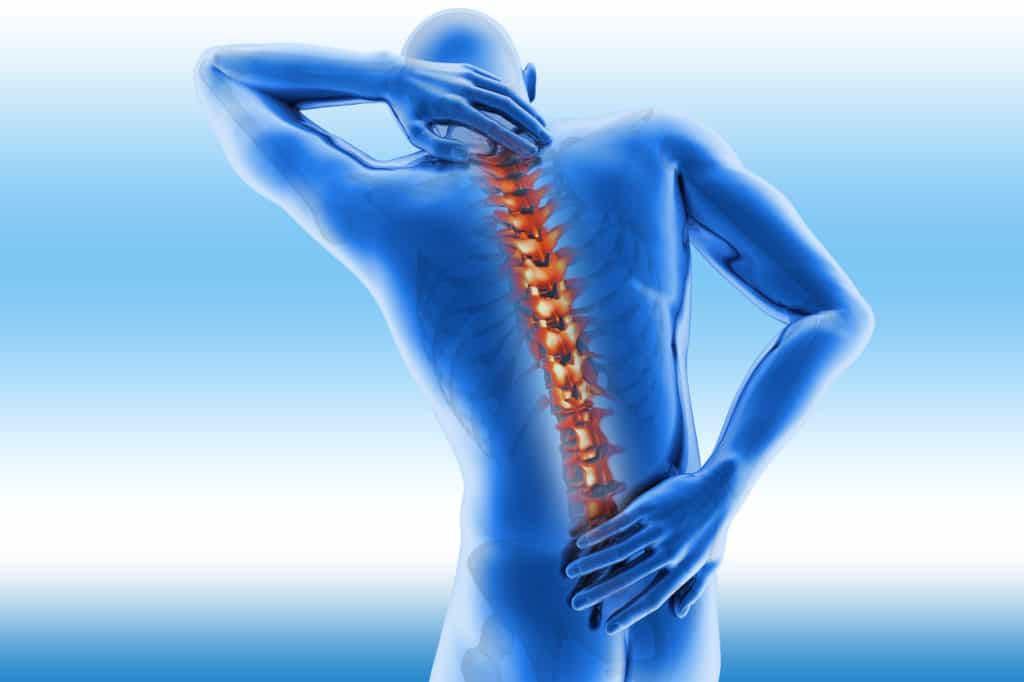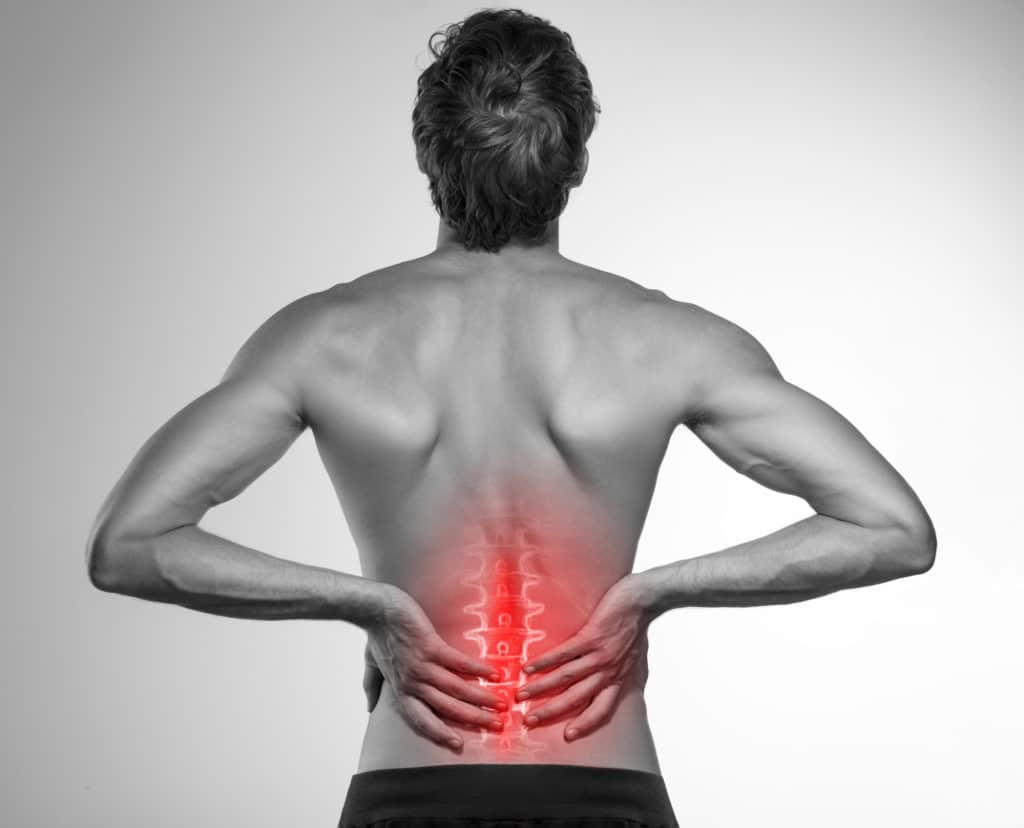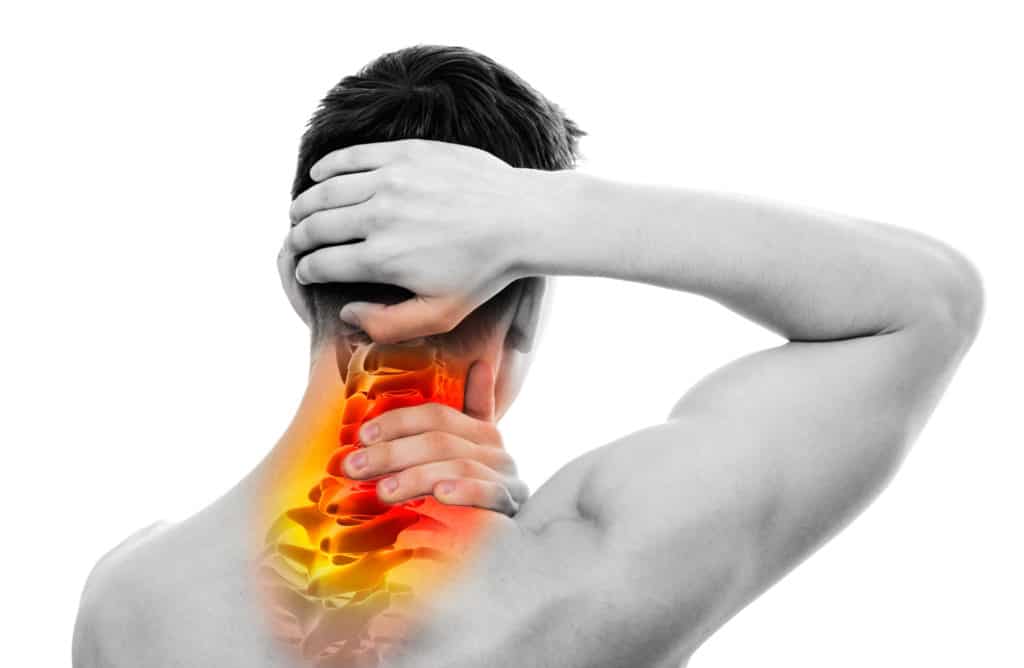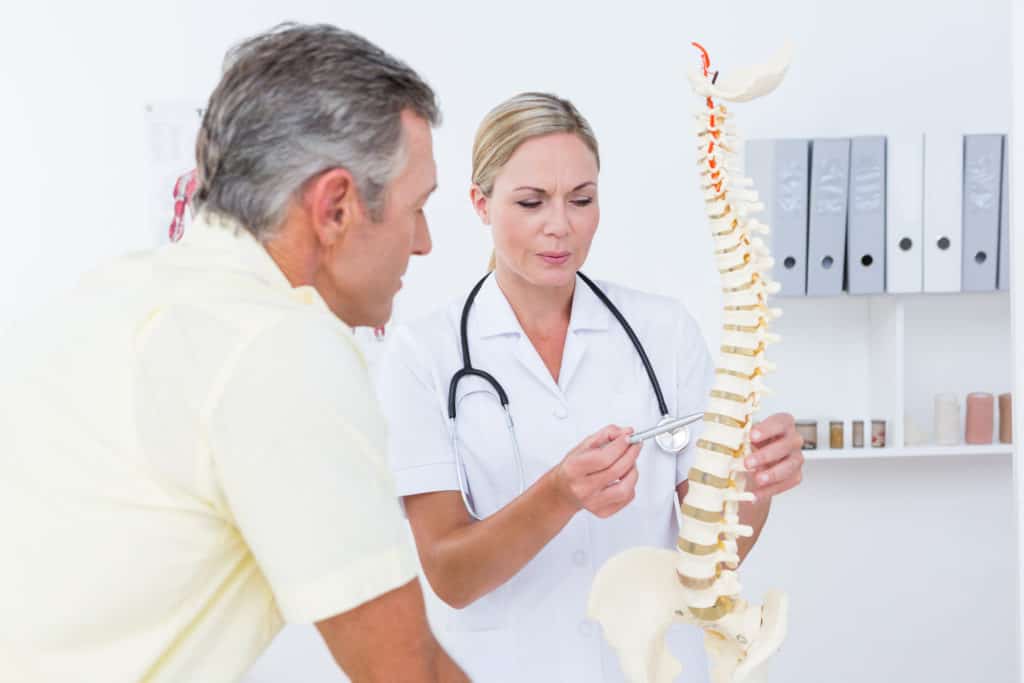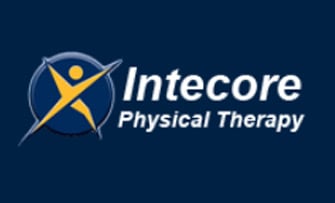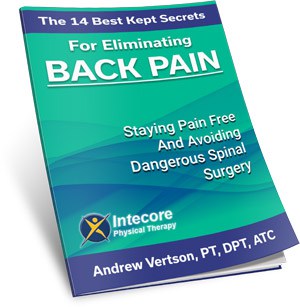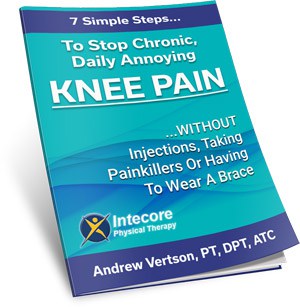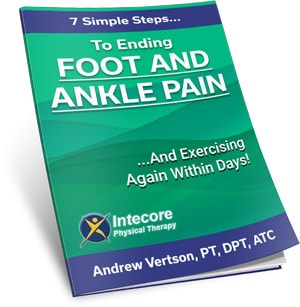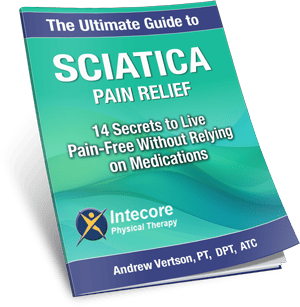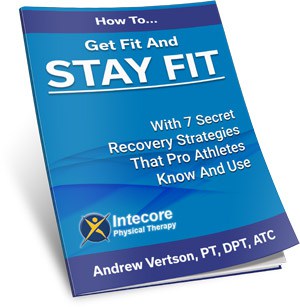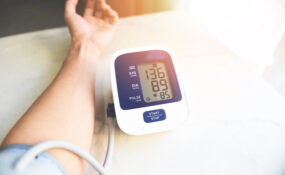
Are you getting super-sharp, stabbing pains in your back, arms, or legs? Do you feel some muscle weakness in these areas?
If so, it could be radiculopathy (otherwise known as a pinched nerve). Well, what is radiculopathy?
When you have a nerve that gets “pinched” at the root inside the spinal cord, it’s medically known as “radiculopathy.”
So, radiculopathy is really just a fancy name for a pinched nerve. But apart from a great deal of pain and discomfort when this happens, radiculopathy can also lead to weakness, numbness, pain, and an inability to use the affected muscles properly.
We use the general term radiculopathy to describe pain that originates from nerve roots in the spine in any area of the back, which covers cervical radiculopathy (in the neck), sciatica (around the lower back and/or hips), and the thoracic spine (mid/upper back).
The specific symptoms of these conditions differ. With cervical radiculopathy, it’s usually pain in the neck that travels down the arm.
With sciatica, it’s a stabbing pain that runs from the lower back right down into the legs.
But the one thing they all have in common is nerve pain, the electric shocks and burning pain that keeps you awake at night. If you know, you know.
More Blogs From Intecore PT:
Should I Be Worried About My Daily Neck Pain?
Can My Lower Back Pain Be Cured?
What Is Spinal Stenosis, And How Can I Get Relief?
What Causes “Pinched Nerves”?
Your spine is a complex network of ligaments, tendons, and muscles that all help to hold the all-important vertebrae or spinal bones inside your back (all 33 of them) in their rightful place.
In addition, there are individual functions for each section of your spine, which are as follows:
Neck Or The Cervical Spine
Functions to support and stabilize your head, allowing it to stay upright, nod for “yes,” shake for “no,” and move around.
Mid-Back Or Thoracic Spine
Functions to stabilize the rib cage and support breathing while protecting the internal organs that reside in that area, such as your heart and lungs. It also enables you to twist and turn your body.
Lower-Back Or Lumbar Spine
Functions to allow large movements like bending and flexing your body forwards and backward and bending to the sides.
For this reason, the bones in the lumbar spine are larger and more robust than those in the mid/upper back and cervical spine.
Several nerves inside your back travel from your spine and transport messages to other parts of your body, like your legs and arms.
Between every vertebra in all sections of the spine, there is a soft cushion-like structure called an “intervertebral disk,” which prevents friction between the adjacent bones and disks.
But due to various factors like accidents, injury, or illness, the disks can get inflamed or suffer damage, which causes irritation or compression at the nerve root.
This irritation/compression of the nerve causes “radiculopathy” or, as we more commonly refer to it, “a pinched nerve.”
Depending on which of your nerves is being compressed, you will likely experience discomfort and pain, along with various other symptoms that link to that specific nerve’s function.
Radiculopathy most commonly occurs as a result of an injury. Still, some other causes and triggers can bring about its onset.
For instance, osteoarthritis and the associated degeneration of spinal disks can cause nerve compression and radiculopathy.
Some of the other types of injuries and medical conditions that may also lead to radiculopathy are:
- Spondylolisthesis
- Spinal tumors
- Herniated discs
- Spinal stenosis (narrowing of the spinal canal)
- Scoliosis
- Diabetes
- Bone spurs
- Compression fractures
- Osteoarthritis or spinal arthritis
- Some additional risk factors can increase your risk of suffering from radiculopathy, such as:
- Carrying heavy weights for an extended duration
- Growing old (without regular physical therapy)
- Smoking is a significant risk
- Using equipment that causes intense vibrations
- Repetitive movements for an extended period
What Are The Symptoms Of Radiculopathy?
As the nerves that exit your spinal cord (the nerve roots) link to different sections of your body.
The symptoms of radiculopathy differ depending on which of your nerves is affected and is being compressed.
Cervical Radiculopathy
Cervical radiculopathy happens if a nerve in your upper back or neck gets compressed.
- The symptoms include:
- Shooting pain
- Pain in the arm, shoulder, upper back, or neck
- Muscle weakness
Thoracic Radiculopathy
This occurs with nerve root irritation or compression in your mid-back section.
As thoracic radiculopathy is not so common, there is a greater possibility of misdiagnoses such as abdominal, gallbladder, heart, or shingles issues.
- But the most frequent symptoms of thoracic radiculopathy are:
- Tingling and a feeling of numbness
- Intense pain in the abdomen, side, or rib
- A ligature band-like pain
Lumbar Radiculopathy
In this condition, the symptoms can manifest in the hips, back, legs, or lower back if the compression originates in the lower back region.
The condition may intensify with walking or remaining seated for an extended period. In rare medical cases, the bladder and bowel nerves can get irritated, which may lead to urinary or fecal incontinence. Another term for the condition is sciatica.
- The most common symptom is:
- Numbness and pain in the lower back region, foot, hips, leg, or buttock areas.
- There are also other general symptoms like:
- A tingling or numb sensation in the back part of the leg
- Intense pain arising in the back
- Loss of sensation or developing weakness in the foot and leg
- Severe pain when coughing or sitting
- Developing hypersensitivity with changes in reflex
How To Find And Fix The Root Cause Of Radiculopathy
Like any pain, the most effective treatment plan is to find and fix the root cause.
If you visit your doctor with radiculopathy, they usually recommend imaging tests like an x-ray or CT scan. Or an electromyography (EMG) test to examine the functions of your nerves using mild electrical impulses.
These tests can be helpful if the issue is obvious, like spinal stenosis or arthritis. But often, the root cause of radiculopathy is a muscle or posture issue they cannot see on scans.
There are also medications available to treat nerve pain. For example, your doctor may prescribe non-steroid anti-inflammatory drugs (NSAIDs) to manage the daily symptoms.
But these pills have side effects and only mask the pain. They don’t fix the underlying issue. They may also prescribe corticosteroid injections or nerve blocks to control the pain and inflammation if your pain is severe.
But we urge you to consult with a physical therapist, especially if your doctor can’t identify the root cause.
So, if you feel like you’ve exhausted all other options and your doctor has started talking about surgery, please come and see us first.
Spinal surgery should always be the absolute last resort.
In mild cases of radiculopathy, the pain can sometimes resolve on its own – within about 8-12 weeks.
If the pain is severe, gets worse, or you’ve had it for more than eight weeks, we suggest you get it checked out anyway, even if the pain is mild. It could be an early warning sign from your body about something you can start working on now. Then, with the support of a physical therapist, you can prevent it from becoming more serious (and more painful).
How We Treat Radiculopathy At Intecore Physical Therapy
The exact form that physical therapy takes and the specific treatment processes we prescribe for radiculopathy depend on exactly what you’re suffering from and the intensity of your symptoms.
Starting with your medical history, full physical examination, and evaluation of your symptoms.
Did your pain start after an accident, or could it be the consequences of unmanaged arthritis?
But in most cases, the therapy is most likely to include some form of posture improvement, targeted movement, and exercises that focus on your problem areas to relieve the symptoms and reduce your pain.
For example, with radiculopathy, we specifically work on decreasing spinal stress to remedy your symptoms.
We also recommend ways to manage the daily symptoms and suggest methods to improve your overall posture.
It might seem “too easy .”But it might surprise you to know that something as simple as making changes in your posture with the support of a physical therapist can cause a revolutionary reduction in pain, keep you off the surgeon’s table and improve your quality of life.
Do you want to learn more about how we can help you find and fix the root cause of radiculopathy?
We offer all new patients a complimentary 30-minute appointment to view our facilities, ask questions and get to know your physical therapist. It’s a great way to decide whether physical therapy is right for you.
You can book your FREE Discovery Visit here.
If you are looking for some immediate pain relief we have some use tips to relive neck pain and back pain which should help you.
Our friendly team here at Intecore PT look forward to welcoming you into one of our clinics.
- Can Physical Therapy Help Lower Blood Pressure? - March 6, 2025
- 7 Highly Effective Ways to Relieve Tension Headaches Naturally - January 28, 2025
- The Ultimate Guide: How Much Water Should I Drink a Day for Optimal Health? - January 14, 2025


